1.866.316.7268 info@samuraitours.com
Enjoy the good life – Japanese style. Our Onsen tours only stay at Onsens. On the Northern Japan Onsen tour, you will enjoy the best local food specialties and the famous Japanese hospitality while relaxing in some of the best onsens in Japan and visiting out-of-the-way destinations.
Don’t hesitate to contact us. We are an expert team and we are happy to talk to you.
1.866.316.7268
Visiting an onsen is the Japanese version of the good life. At Japanese onsens, you will enjoy excellent food and experience the famous Japanese hospitality. And don’t forget the Japanese baths. The Japanese have raised bathing to a whole new level, and they are an important experience that should be included in every visit to Japan. And in between all of this, we will be visiting some of Japan’s most remote sightseeing destinations. If you like Japanese food and enjoy the Japanese baths, this tour should not be missed.
In Aizu-Wakamatsu you will have the opportunity to explore an old Samurai city full of history and Samurai tradition. At Kakunodate, we will visit some of the best preserved samurai homes in Japan.
You will soak in the thermally-heated waters of some of Japan’s best onsen, including Zao Onsen with its sulfuric waters that are among the most acidic in Japan with a PH value of close to 1.
You will enjoy the natural charm of Lake Akan, the secluded beauty of Shiretoko and Matsushima, ranked as one of the three most scenic spots in Japan.
You will explore the morning market of Hakodate, where you can have the local specialties of crab, sea urchin or squid prepared for you for breakfast. You will visit the Akan International Crane Center where research is being done to bring the cranes back from the brink of extinction.
PLEASE NOTE: Tattoos in Japan are stigmatized, and therefore tattoos are not widely accepted at onsen baths in Japan. If you have tattoos, you may not be allow
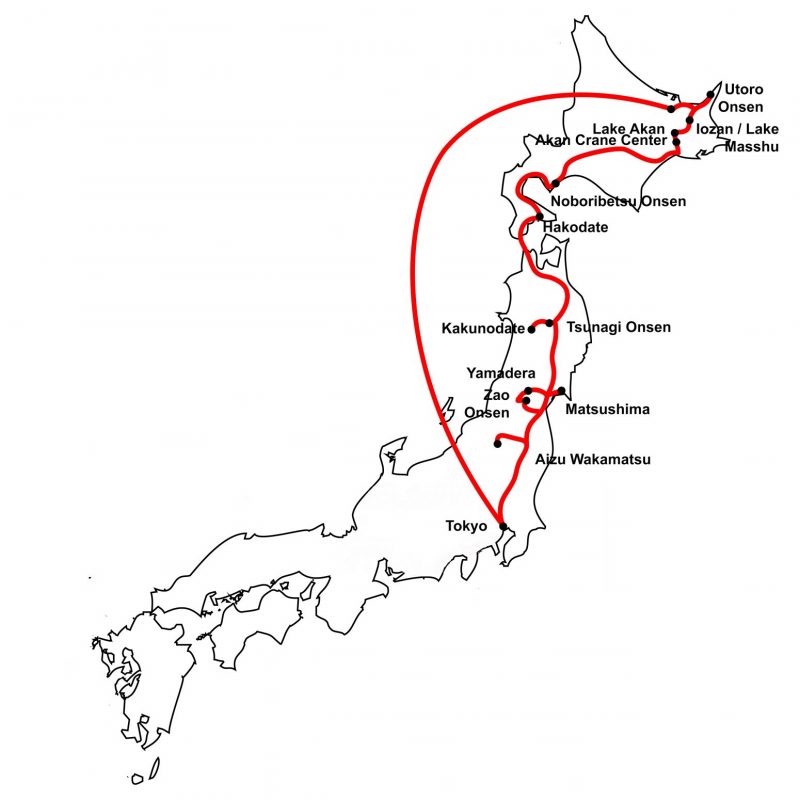
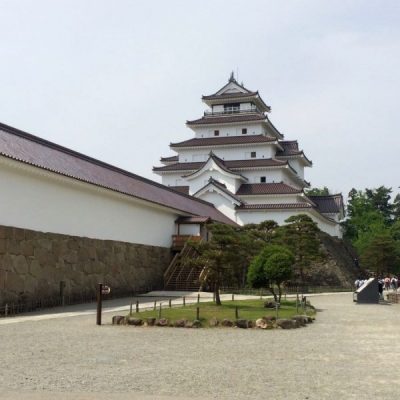
Samurai Mansion, Sazaedo Pagoda, Nisshin Samurai School, Tsuruga Castle
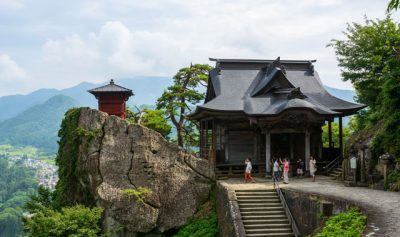
Yamadera Temple
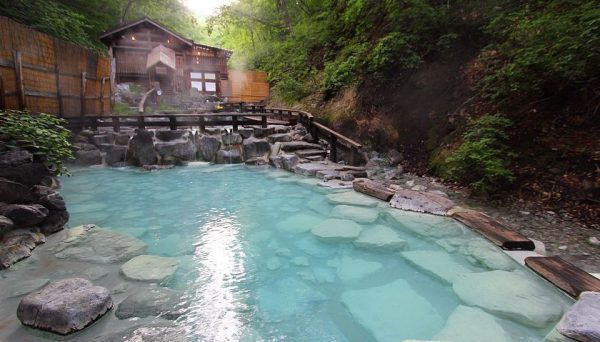
Zao Onsen
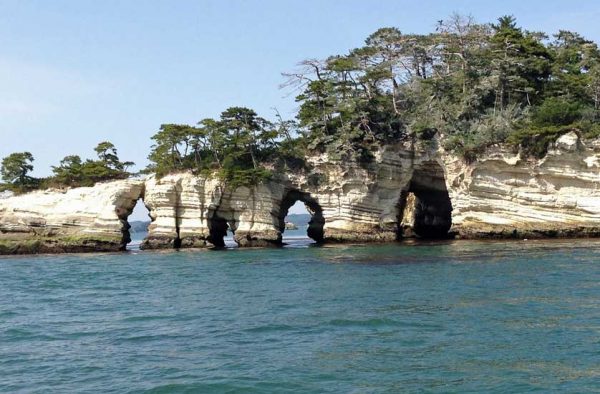
Matsushima Bay Cruise, Godaido, Zuiganji Temple
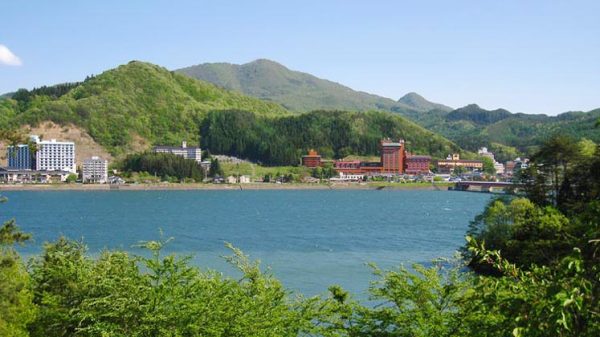
Tsunagi Onsen
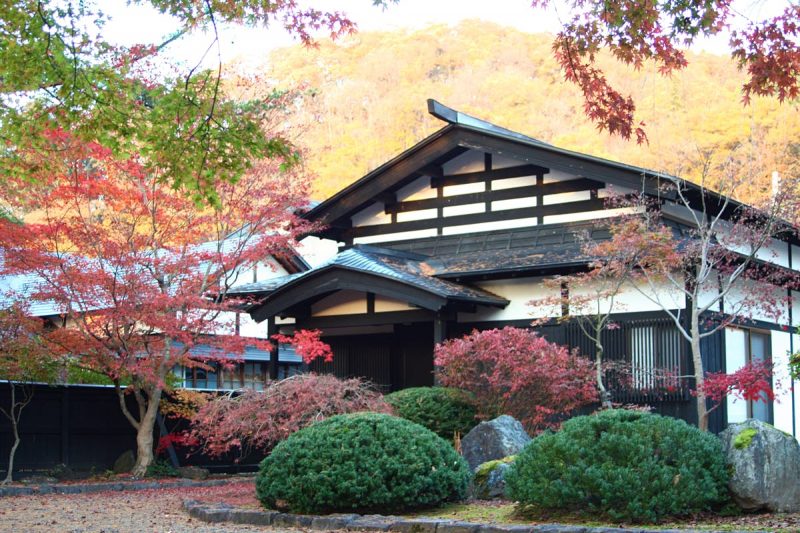
Kakunodate Denshokan Museum, Samurai Residences
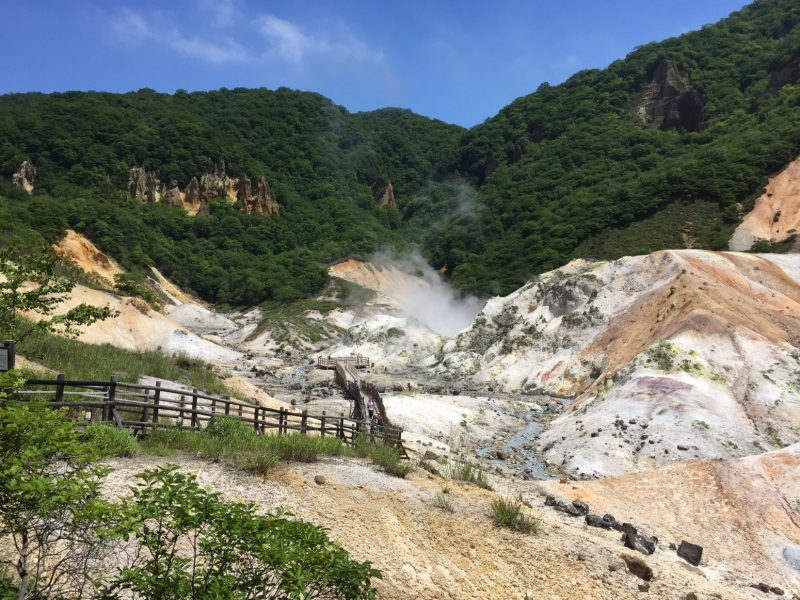
Noboribetsu Onsen
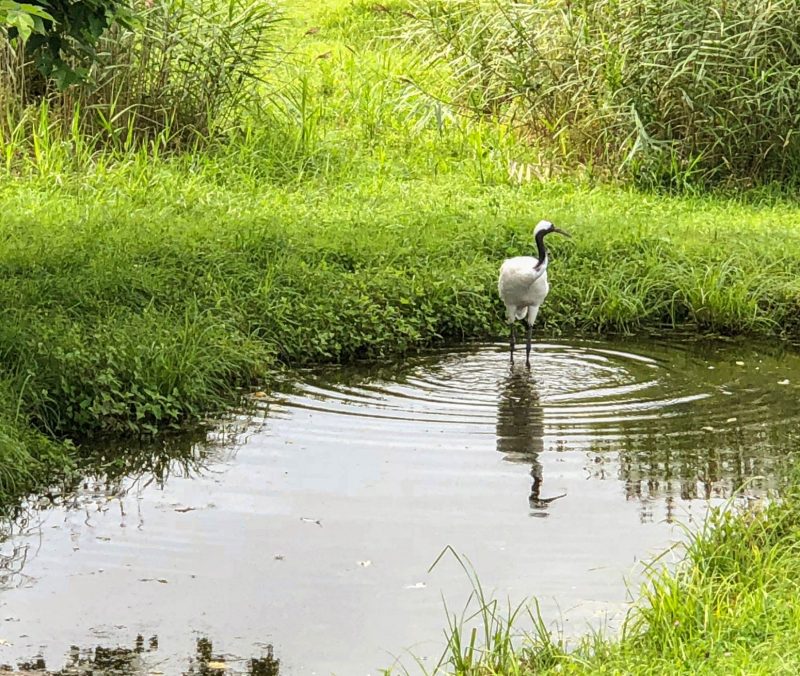
Akan Crane Center
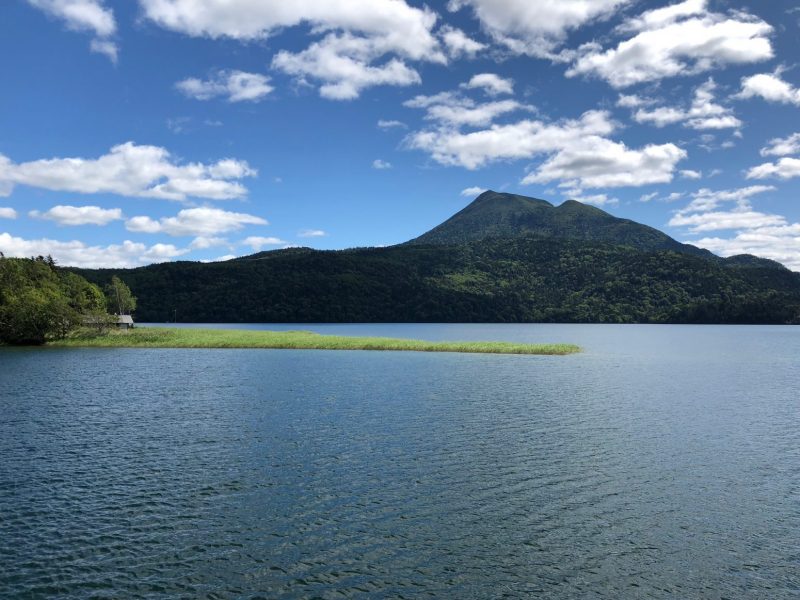
Lake Akan Onsen
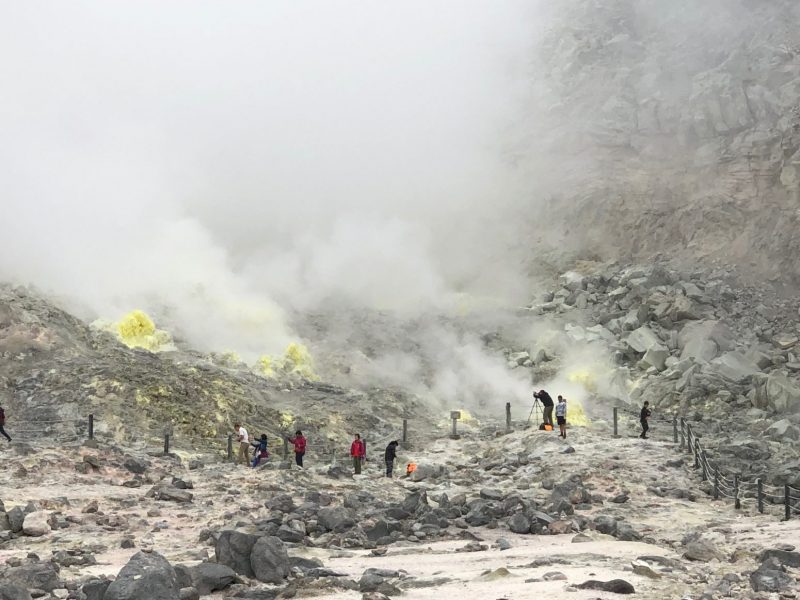
Iozan
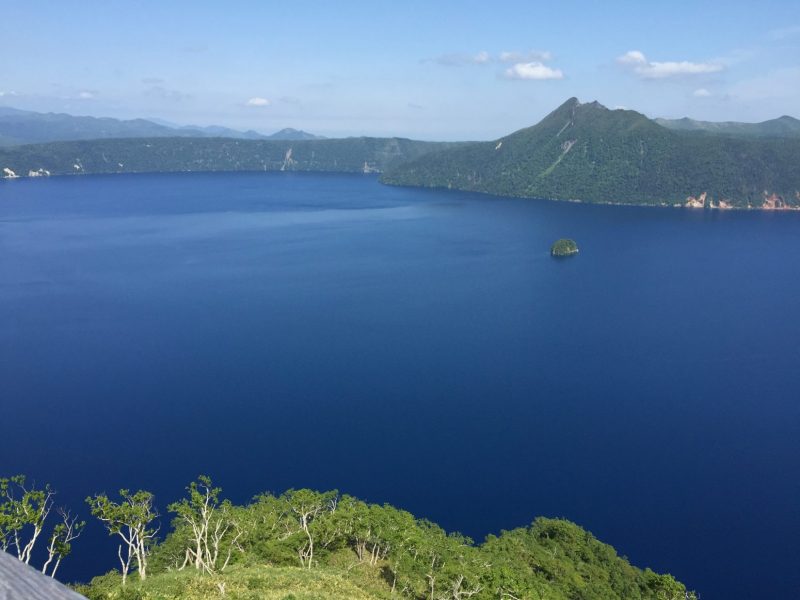
Lake Masshu
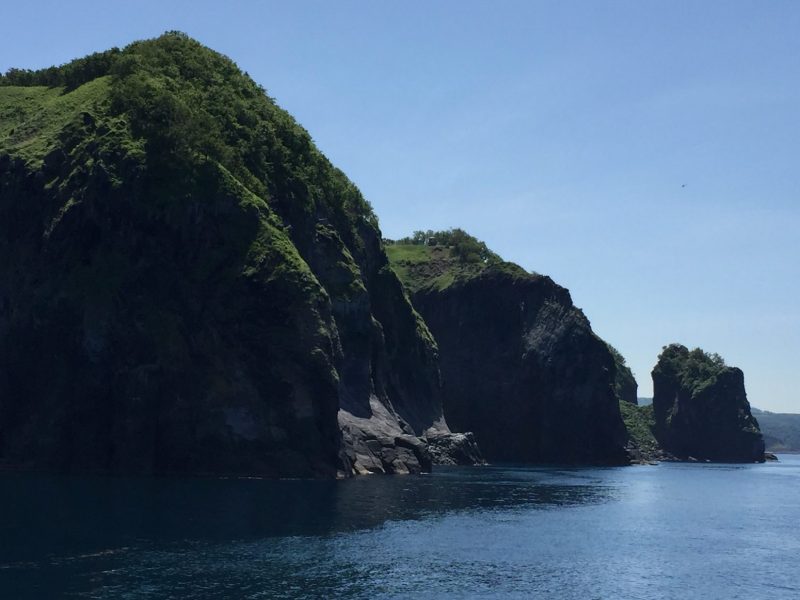
Shiretoko Peninsula Cruise
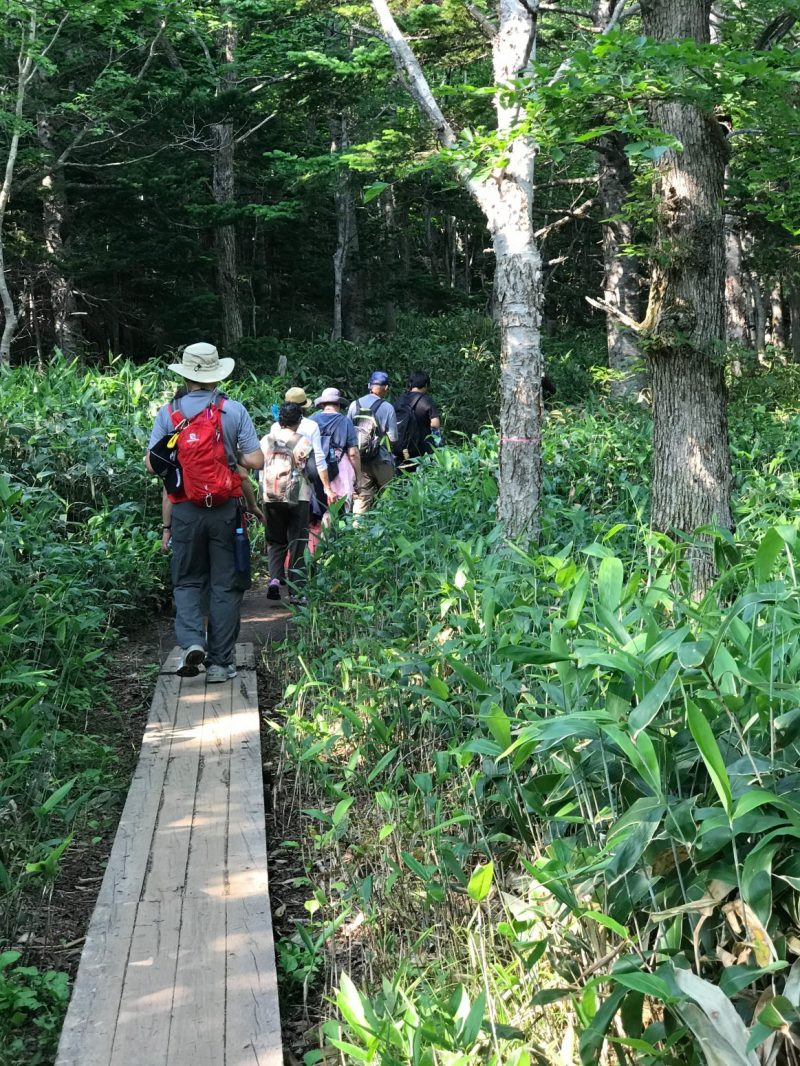
Shiretoko Goko Walk
Walking level descriptions:
Light – 0 to 2 miles on level ground
Medium – 2 to 4 miles on level ground or 0 to 2 miles on hilly ground
Heavy – 4 to 6 miles on level ground or 2 to 4 miles on hilly ground
After clearing customs and immigration, you will be met at Tokyo’s Narita Airport or Haneda Airport by a Samurai Tours meeting staff member. They will help you board the bus to the hotel. After checking in, the evening is free. No meals are included.
Travel: 1 to 1 1/2 Hours; Walking: Light
Before leaving Tokyo, you will need to prepare your luggage for transfer to Aizu-Wakamatsu. We will be traveling to Aizu-Wakamatsu with an overnight bag only. Please prepare your overnight bag for 2 days and 1 night. After breakfast you will start the day with a Welcome/Orientation meeting, and then travel to Aizu-Wakamatsu. Aizu Wakamatsu is a former castle town with a long Samurai tradition. After arriving at Aizu Wakamatsu and dropping off our luggage, we will visit the Aizu Bukeyashiki (Samurai Mansion). This was the home of an important Samurai, and therefore is very large with dozens of different rooms and sections including gardens, guest rooms, a tea house, an archery range, and a rice mill. Breakfast at the hotel and dinner at the ryokan included.
Travel: 3 Hours; Walking: Medium
Today we will further explore the Samurai city of Aizu Wakamatsu. We will start at the Sazaedo Tower. Completed in 1796, the wooden Sazaedo temple isn’t huge but what makes it unique is its double helix staircase on which the people going up and the people going down never pass each other. Next, we will tour the Samurai School where the children of the Samurai attended. In the afternoon we will visit Tsuruga Castle, originally built in 1384. Tsuruga Castle was one of the last strongholds of the Boshin War. However, it was destroyed by Samurai still loyal to the Tokugawa Shogunate after the Boshin War of 1868, a rebellion against the newly formed Meiji government. The castle was rebuilt as a concrete reconstruction in the 1960s, and in renovation works completed in 2011 the color of the roof tiles was changed from grey to the original red tiles. The inside of the castle houses a museum with displays depicting the history of the castle and the Samurai lifestyle. After touring the castle, we will return to the ryokan to retrieve your main luggage. Breakfast at the ryokan and dinner at the ryokan included.
Travel: 1 Hour;; Walking: Heavy
After breakfast we will travel to Yamadera. Yamadera is a scenic temple located in the mountains northeast of Yamagata City. The temple grounds extend high up a steep mountainside (the name Yamadera literally translates to “mountain temple”), from where there are scenic views overlooking the valley below. The temple was created over a thousand years ago in 860 as a temple of the Tendai sect. We will finish the day by continuing to Zao Onsen where we will stay for the next two nights. Zao Onsen is at an altitude of about 900 meters (3000 feet) on the slopes of Mount Zao, an active volcano. During the winter months, Zao is one of Japan’s leading ski resorts. The sulfuric waters at Zao Onsen are among the most acidic in Japan with a pH value close to 1. Before leaving Aizu-Wakamatsu, you will send your main luggage ahead to Zao Onsen. You will need enough items for 2 days and 1 night. Breakfast and dinner at the ryokan included.
Travel: 3 1/2 Hours; Walking: Heavy
Today is a free day to enjoy Zao Onsen. Take the gondola to the top of Mt Zao, an active volcano. From here you can get a great view of the surrounding area. And for the more energetic, there are many easy walking trails around the mountain. You will also be able to get a view of Okama Crater, a beautiful crater lake at the top of the mountain. Or visit one of the many public baths located around the onsen. Breakfast and dinner at the hotel are included.
Travel: N/A Walking: TBD
After breakfast, we will continue our adventure by traveling to Sendai, dropping off our overnight bags, and continuing to Matsushima. For hundreds of years, Matsushima has been celebrated as one of the Japan’s three most scenic view along with Miyajima and Amanohashidate. Matsushima Bay has more than 200 small islands covered with pine trees, and the best way to see these is by boat. After arriving at Matsushima, we will tour Zuiganji. Zuiganji was a former Tendai sect temple founded in 828, but later changed to a Zen temple in the 13th century. After years of decline, Zuiganji was restored to prominence by the feudal lord Date Masamune who rebuilt it as his family temple in 1609. We will then visit Godaido. Godaido was originally built in 807 and contains five statues which were enshrined there by the same priest who founded Zuiganji. The statues are displayed to the public only once every 33 years, and were last displayed in 2006. The present building is a 1604 reconstruction by Date Masamune. Later in the afternoon, you will board the boat for a cruise around Matsushima Bay. After returning to Sendai, we will travel on to Tsunagi Onsen. With a history stretching back 900 years, Tsunagi Onsen is a popular hot spring on the outskirts of Morioka. Before leaving Zao Onsen, you will send your main luggage ahead to Tsunagi Onsen. You will need enough items for 2 days and 1 night. Breakfast and dinner at the ryokan included.
Travel: 3 1/2 Hours; Walking: Medium
After breakfast, we will continue our adventure by traveling to Kakunodate. Kakunodate is a former castle town. And while the castle no longer exists, the samurai tradition is still strong. There were two distinct sections of Kakunodate: the merchant district and the samurai district as designed in the Edo Period. Today, the samurai district has some of the best preserved examples of samurai architecture anywhere in Japan. We will tour two homes: the Aoyogi and the Ishiguro homes. The Aoyogi home is the largest in Kakunodate, and includes multiple buildings with musuem collections documenting the samurai traditions and history in Kakunodate. The area open to visitors at the Ishiguro home is limited because the Ishiguro family still maintains a residence in the home. We will finish the day at the Denshokan museum. This museum has numerous local arts and handicrafts on display, the most prominent being items made from cherry tree bark. During the cold winter months, the samurai would earn extra income by making these items. In the afternoon, we will return to Tsunagi Onsen for the evening. Breakfast and dinner at the ryokan is included.
Travel: 3 1/2 Hours; Walking: Medium
Before leaving Tsunagi Onsen, you will need to send your main luggage to Lake Akan. You will need to take whatever you will need for three days/two nights with you. After breakfast, we will travel to Noboribetsu Onsen, one of Japan’s most popular onsen. Breakfast and dinner at the accommodations are included.
Travel: 6 Hours; Walking:Medium
Today we will visit the nearby Upopoy National Ainu Museum where we will learn more about and experience Ainu culture. Breakfast and dinner at the ryokan included.
Travel: 1 Hour Walking:Heavy
After breakfast, we will travel to Kushiro and then on to the Akan International Crane Center. It was once thought the cranes were extinct. However, about 50 years ago, a few cranes were found, and extensive efforts were made to bring them back from the brink of extinction. While much work remains to be done, the crane population has stabilized and is even growing. In the afternoon, we will continue on to Akanko Onsen where we will be staying for the evening. Before leaving Noboribetsu Onsen, we will send the luggage to Utoro Onsen. You will need enough items for 3 days and two nights. Breakfast and dinner at the accommodations are included.
Travel: 6 1/2 Hours; Walking: Light
The day is free to enjoy the quiet and solitude of Lake Akan. Visit the Ainu dance theater to enjoy a demonstration of traditional Ainu dances. The Ainu were the original inhabitants of Japan. Or take a cruise on Lake Akan, where you can see Marimo. Marimo is a ball-shaped algae that is only found at Lake Akan. Or take an easy forest walk along the shores of the lake to a small geo-thermal area. Breakfast and dinner at the accommodation are included.
Travel: 1 Hour; Walking: Medium
Today, before traveling to Utoro Onsen we will visit two popular locations in Akan National Park; As soon as we arrive, you will discover how Iozan (Sulpher Mountain) got it’s name. Next we will travel to Lake Masshu, considered by many to be one of Japan’s most beautiful lakes because of its clear, deep blue water. But the lake is shy, and is often shrouded by fog. In the afternoon, we will travel to Utoro Onsen where we will staying. Breakfast and dinner at the accommodations are included.
Travel: 3 1/2 Hours; Walking: Light
Today we will explore the remote and beautiful Shiretoko National Park. Shiretoko is an ancient Ainu word meaning ‘edge of the world’. Shiretoko National Park is famous in Japan for its beautiful scenery and abundant wildlife including deer, bear and foxes. In the morning, we will start with a quick stop at Oshinkoshin Waterfalls, included in the list of 100 Best Waterfalls in Japan. Next we will take a sightseeing cruise along the Shiretoko peninsula where we can see the dramatic and spectacular coastline with its tall cliffs and waterfalls and the mountains in the background. In the afternoon, we will take an easy 3km (2 mile) hike around the Shiretoko-go-ko area. (PLEASE NOTE: Depending on weather conditions, the boat cruise may be cancelled. The walk around Shiretoko Goko is flat, but the trails are not paved.) Buffet breakfast and buffet dinner at the hotel included.
Travel: 1 Hour; Walking: Heavy
Today is a travel day to Tokyo. You will have some free time in Tokyo in the afternoon. We will enjoy the Sayonara dinner in the evening. Breakfast at the accommodation and dinner at a local restaurant.
Travel: 5 Hours; Walking: Light
It’s time to say “sayonara” (Goodbye). Breakfast at the accommodation is included.
Travel: 1 to 1/2 Hours; Walking: Light
Our tours and tour itineraries are the best, but as the saying goes, “you can’t make everyone happy all of the time”. There may a specific destination or a specific experience you may want to include in your visit to Japan that may not be included your tour. Choose from our Add On tours to include your interests and make your Japan tour even better.
Click HERE to view all of the Add-On Tours.
Or, use the arrows to scroll though the recommended list of Add-On Tours for this tour.
For those requiring meeting or sending services on other than the scheduled arrival/departure dates, there will be a $100 fee for the meeting service from the airport into Tokyo or the sending service to the Kyoto train station.)
Each tour member receives an electronic copy of our tour handbook. This handbook is full of tips and suggestions taken from our Japan travel experiences that allow you to better plan and prepare for your trip, and therefore enjoy your trip even more. The tips and suggestions included cover everything from how to save while exchanging money, what to pack, some basic Japanese-language tips, general etiquette do’s-and-don’ts, ryokan customs, etc.
